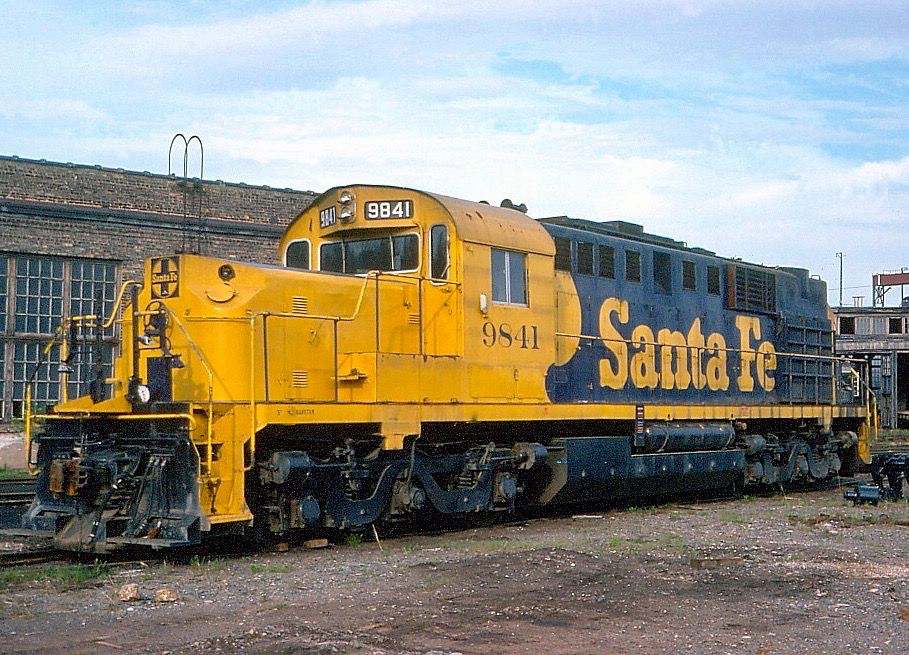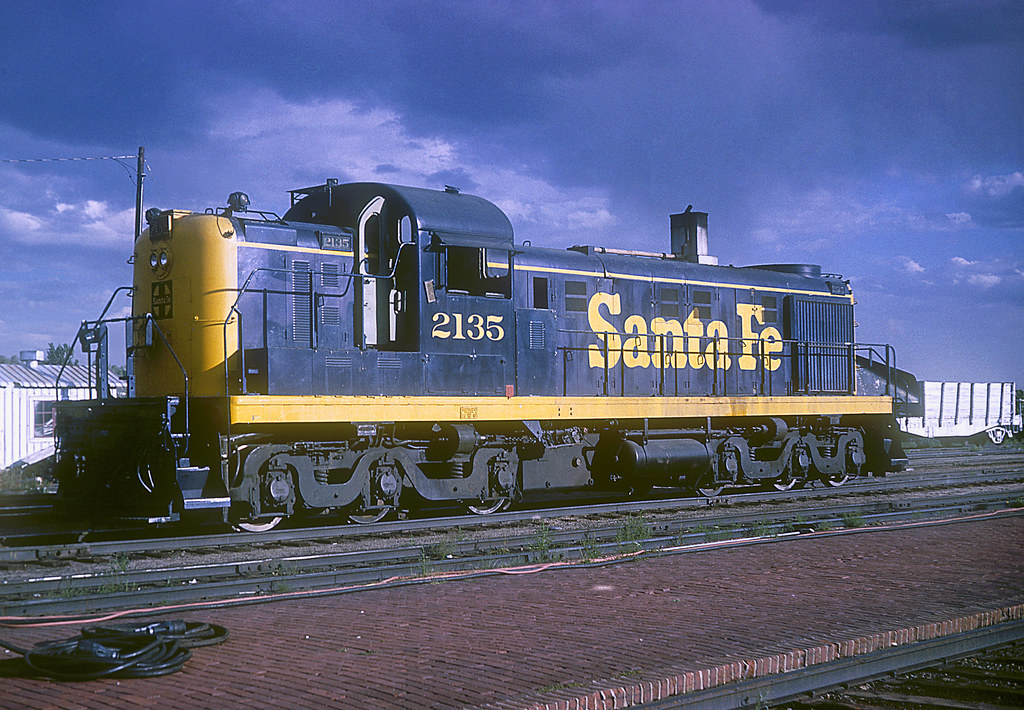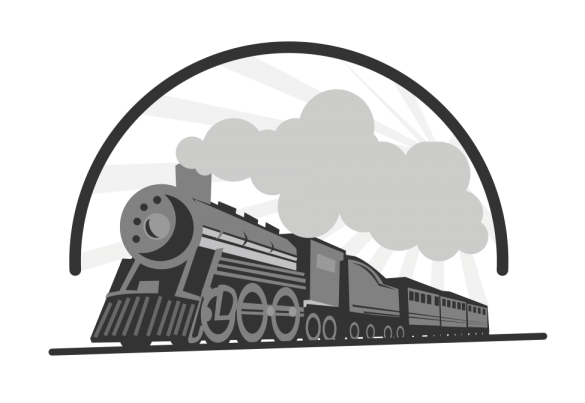On February 11, 1859, the Kansas Territorial Legislature created the Santa Fe Railway. The charter provided that the company be incorporated under the name of the Atchison and Topeka Railway Company. The outbreak of the Civil War interrupted any plans for construction, so the project was put on hold.

The railroad was founded with grand plans in mind. Cyrus K. Holliday, a Topeka lawyer and entrepreneur, founded the railroad along the Santa Fe Trail– a 19th-century trading route. As the founder and president (and a director from 1860 through 1900), Holliday secured land grants from the federal government that would be used to create rights of way throughout western Kansas. After only a few years, the railroad changed its name to the Atchison, Topeka, & Santa Fe Railroad.
The following year, the railroad acquired several small lines. It was further expanded in the 1880s and early 1890s to reach about 9,000 miles, but it lost some of this mileage in a reorganization brought on by the financial crisis of 1893.
Under Edward Payson Ripley, its president from 1895 until 1920, the Santa Fe flourished and grew to more than 11,000 miles (17,700 km) of track. By 1941 it had more than 13,000 miles (21,000 km) of track, but it shrank gradually thereafter.

Because long stretches of its main line traverse areas without water, Santa Fe was one of the first purchasers of diesel locomotives for freight service. The railroad was also known for its high end passenger trains, notably the Chicago-Los Angeles El Capitan and Super Chief (currently operated as Amtrak‘s Southwest Chief), and for the on-line eating housesand dining cars that were operated by Fred Harvey. Several of these Harvey Housessurvive – most notably the El Tovar, which is positioned right alongside the Grand Canyon, and La Posada Hotel in Winslow, AZ.
 Post-World War II construction projects included an entrance to Dallas from the north, and relocation of the main line across northern Arizona, between Seligman and Williams. In 1960, AT&SF bought the Toledo, Peoria & Western Railroad (TP&W), then sold a half interest to the Pennsylvania Railroad (PRR). The TP&W cut straight east across Illinois from near Fort Madison, Iowa (Lomax, IL), to a connection with the PRR at Effner, Indiana(Illinois-Indiana border), forming a bypass around Chicago for traffic moving between the two lines. The TP&W route did not mesh with the traffic patterns Conrail developed after 1976, so AT&SF bought back the other half, merged the TP&W in 1983, then sold it back into independence in 1989.
Post-World War II construction projects included an entrance to Dallas from the north, and relocation of the main line across northern Arizona, between Seligman and Williams. In 1960, AT&SF bought the Toledo, Peoria & Western Railroad (TP&W), then sold a half interest to the Pennsylvania Railroad (PRR). The TP&W cut straight east across Illinois from near Fort Madison, Iowa (Lomax, IL), to a connection with the PRR at Effner, Indiana(Illinois-Indiana border), forming a bypass around Chicago for traffic moving between the two lines. The TP&W route did not mesh with the traffic patterns Conrail developed after 1976, so AT&SF bought back the other half, merged the TP&W in 1983, then sold it back into independence in 1989.
The company was noted for innovations in equipment and services, including the addition of dedicated dining cars and observation domes for sightseeing. In keeping with the focus on the romance of rail travel each of the trains were given distinctive names, such as the Super Chief operating between Chicago and Los Angeles, and the Santa Fe Eight, running between Belen and Chicago.

The companies were so confident the merger would be approved that they commenced repainting locomotives and non-revenue rolling stock in a new unified paint scheme. When Southern Pacific (railroad) was sold to Rio Grande Industries, all of the SP’s real estate holdings were consolidated into a new company, Catellus Development Corporation, making it California state’s largest private landowner, of which Santa Fe remained the owner (effectively “stealing” the land from SP shareholders).
 The property company created Santa Fe Pacific Corporation (a name correlation of Santa Fe and Southern Pacific) to develop the properties. It was sold to Newmont during 1997 in preparation of the merger with Burlington Northern). Sometime later, Catellus would purchase the Union Pacific Railroad‘s interest in the Los Angeles Union Passenger Terminal (LAUPT). After the sale of Southern Pacific to Rio Grande Industries, the SPSF name reverted to Santa Fe Industries, the holding company of AT&SF.
The property company created Santa Fe Pacific Corporation (a name correlation of Santa Fe and Southern Pacific) to develop the properties. It was sold to Newmont during 1997 in preparation of the merger with Burlington Northern). Sometime later, Catellus would purchase the Union Pacific Railroad‘s interest in the Los Angeles Union Passenger Terminal (LAUPT). After the sale of Southern Pacific to Rio Grande Industries, the SPSF name reverted to Santa Fe Industries, the holding company of AT&SF.
On September 22, 1995, AT&SF merged with Burlington Northern Railroad to form the Burlington Northern & Santa Fe Railway (BNSF). Some of the challenges resulting from the joining of the two companies included the establishment of a common dispatching system, the unionization of AT&SF’s non-union dispatchers, and incorporating AT&SF’s train identification codes throughout. The two lines maintained separate operations until December 31, 1996 when it officially became BNSF.

